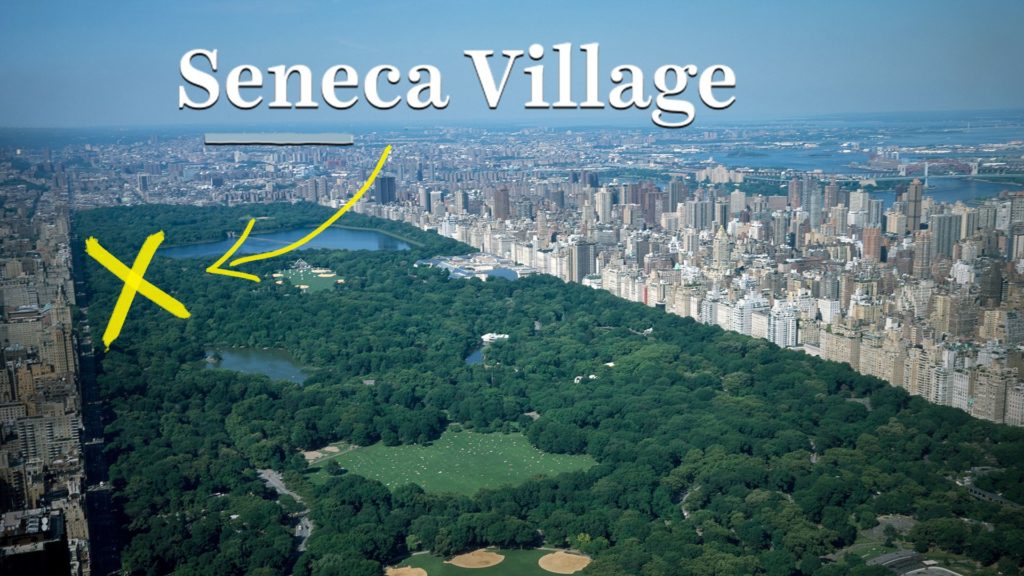Self-hatred is one of the most complex depths of human emotion, and as someone who has truthfully struggled with it, I am inevitably drawn to its themes when it is expressed in art and literature. Needless to say, I was surprised by the degree of self-hatred over race in Wright’s Native Son. My own ignorance towards self-hatred in the Black community was exposed once again after beginning Baldwin’s Go Tell It on the Mountain and subsequent analysis by Douglas Field in Pentecostalism and all that Jazz.
I expected the majority of struggles and self-hatred to come from John Grimes in Go Tell It on the Mountain, and while John shows a good deal of conflict over his “hardened heart”, I was drawn more to the character of John’s father. John’s struggles with religion are familiar to me, particularly with “his sin was the hardheartedness to which he resisted God’s power” (Baldwin, 17). John sees himself with darkness, an allusion to his skin and his soul, in regards to how averse he is to religion. Breaking the expectation of his Pentecostal family and community result in self-hatred. That much seems universal, at least in my eyes; expectations and pressures, particularly for young people, can put them at odds with who they actually are. That schism leads to self-hatred, and that much is one of the most common lines of humanity.
However, Baldwin seems to deal, at least in the first part of Go Tell It on the Mountain, with how self-hatred is passed down by means of the father. This is unclear at first, but is gradually revealed by Aunt Florence via her interactions with John’s father. Aunt Florence reference’s the father’s past actions to being very similar to Roy’s recklessness and states “you was born wild, and you’s going to die wild. But ain’t no use to try to take the whole world with you. You can’t change nothing, Gabriel” (47). The father’s (Gabriel) behavior is not becoming of a preacher or a holy man, and by portraying him as such, his personal life aside, Baldwin shows a pattern of repression and self-hatred in religious figures. The father beats the son that is like him and blames the one who isn’t. Baldwin also shows this another religious figure, Elisha, who after being publicly reprimanded by his own uncle for showing interest in a woman, doesn’t accept his own feelings and blames Satan for causing them. These themes are not uncommon regarding religion or fathers for that matter, but a line in Field’s essay made me especially curious: “[Baldwin] lambasted the black church’s inability or unwillingness to counter a deeply embedded black self-loathing”. Field credits Clarence Hardy’s treatment of Baldwin for the quote.
I am genuinely curious to study the differences in the Black and White community over the role the church plays in happiness, fulfillment, and self-hatred. Baldwin portrays a service as incredibly passionate, emotional, and devout, while maintaining a character who is unenthralled by the display. What role does the church play in a “deeply embedded black self-loathing” and how prevalent is self-hatred in the Black community compared to others?

